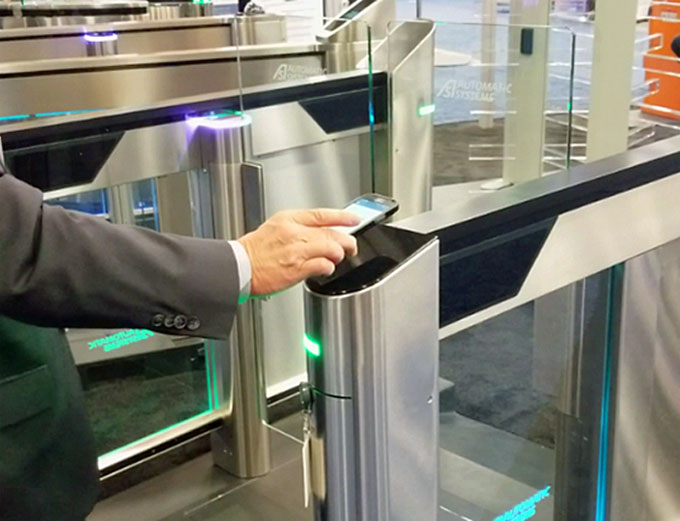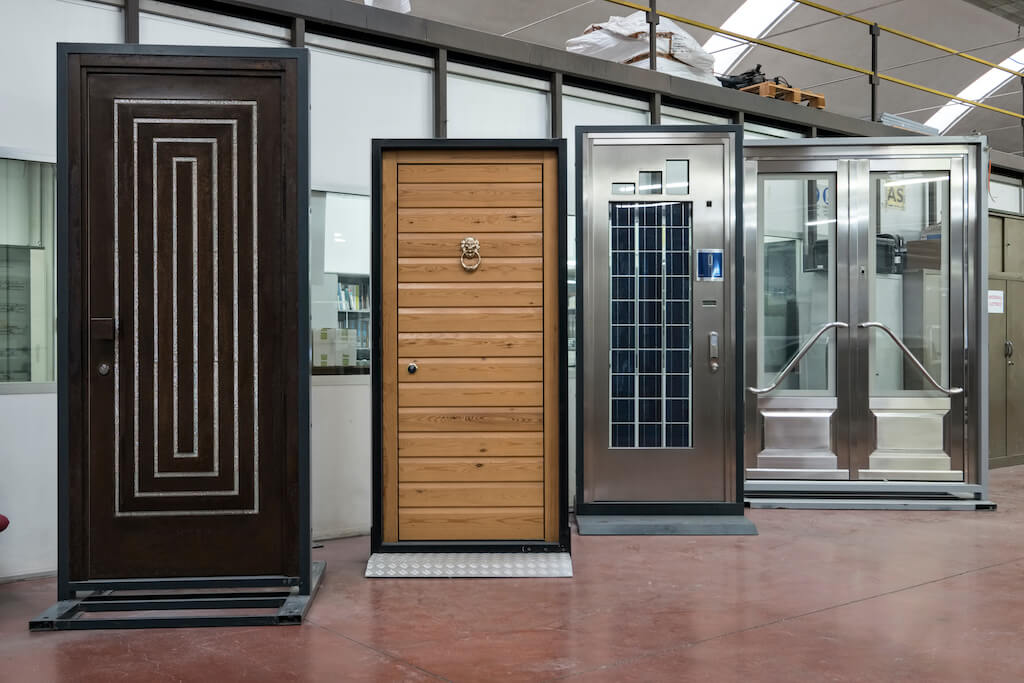Government buildings house critical infrastructure, sensitive information, and important personnel, making them prime targets for security threats. Security doors play a vital role in securing government buildings by creating barriers against unauthorized access, enhancing physical security, and providing fire resistance. In this article, we will explore the key considerations and design principles for creating effective security doors in government buildings.
I. Threat Assessment and Risk Analysis
Conducting a Comprehensive Threat Assessment
- A thorough analysis of potential threats specific to government buildings is essential.
- This assessment helps identify vulnerabilities and determine the level of security required for different areas within the building.
Understanding Risk Factors
- Factors such as the building’s location, function, and importance influence the level of security needed.
- Considering these factors helps in determining the appropriate security measures, including the design of security doors.

II. Compliance with Security Standards and Regulations
Familiarity with Applicable Standards
- Government buildings must adhere to specific security standards and regulations set by governing bodies.
- Familiarity with these standards ensures that security doors meet the necessary requirements for functionality, durability, and fire resistance.
Compliance with Building Codes
- Security doors must comply with local building codes, which outline construction and fire safety regulations.
- Ensuring compliance guarantees that the doors are structurally sound, fire-rated, and provide adequate egress in case of emergencies.
III. Access Control and Entry Management
Integration with Access Control Systems
- Security doors in government buildings should be seamlessly integrated with access control systems.
- This integration enables authorized personnel to enter restricted areas while preventing unauthorized access.
Identification and Verification Measures
- Incorporating identification and verification measures, such as card readers or biometric scanners, enhances security.
- These measures ensure that only authorized individuals can pass through the security doors.
IV. Material Selection and Construction
High-Strength Materials
- Security doors for government buildings should be constructed using high-strength materials like steel, aluminium, or reinforced composites.
- These materials offer durability and resistance to physical attacks and can withstand forced entry attempts.
Ballistic Resistance
- Depending on the level of threat, security doors may require ballistic resistance to protect against firearms and projectiles.
- Bullet-resistant materials, such as ballistic steel or laminated glass with polycarbonate layers, can be used to reinforce the doors.
Fire-Resistant Construction
- Government buildings often require fire-resistant security doors to limit the spread of fire.
- Fire-rated materials, intumescent seals, and heat-activated closures ensure that the doors maintain their integrity during a fire.
V. Design and Aesthetics
Balancing Security and Aesthetics
- Security doors in government buildings should not compromise the overall aesthetic appeal of the architecture.
- The design should seamlessly blend with the building’s interior and exterior while maintaining security requirements.
Customization and Integration
- Security doors can be customized to match the specific design and requirements of government buildings.
- Integration with architectural elements, such as glass panels or decorative finishes, allows for a cohesive and visually appealing design.
VI. Testing, Maintenance, and Training
Regular Testing and Maintenance
- Security doors should undergo regular testing and maintenance to ensure their continued effectiveness.
- Periodic inspections, repairs, and maintenance of locking mechanisms, hinges, and fire-resistant features are essential.
Training and Awareness
- Proper training and awareness programs help occupants understand the functionality and importance of security doors.
- This includes educating personnel on emergency protocols, access control procedures, and the proper use of security features.
Designing Effective Security Doors for Government Buildings
Government buildings are a prime target for criminals, terrorists, and other threats. It is essential that these buildings be properly secured, and one of the most important aspects of security is the design of the building’s doors.

Types of Security Doors
Major companies such as MaxiDoor offers several types of doors, each designed to meet a specific need. Following are the most common types of security doors include:
- Bullet-resistant doors: These doors are designed to withstand gunfire. They are typically made of thick steel or composite materials and are equipped with special locks and hinges.
- Blast-resistant doors: These doors are designed to withstand explosions. Such doors are typically made of thick steel and are equipped with special seals and gaskets to prevent the spread of blast pressure.
- Fire doors: These doors are designed to prevent the spread of fire. They are typically made of fire-resistant materials and are equipped with special hardware that allows them to shut down automatically in case of a fire.
Designing Effective Security Doors
When designing security doors for government buildings, it is important to consider the following factors:
- Level of threat: The level of threat will determine the type of security door that is needed. For example, a building that is located in a high-crime area will need a different type of security door than a building that is located in a low-crime area.
- Right size and layout: The size and layout of the building will also be helpful in deciding the security door that is needed. For example, a large building with multiple entrances will need a different type of security door than a small building with a single entrance.
- Right budget: The budget will also be a factor in the design of the security doors. High-security doors can be expensive, so whenever you are going to buy, find a balance between security and cost.
It is important to consider below points when designing security doors for government buildings:
- The aesthetic of the building: Security doors should not be different from the overall aesthetic of the building. They should be designed to blend in with the surrounding architecture.
- Ease of use: Security doors should be easy to use for office workers and other people. They should not be difficult to open or close, and they should not have any sharp edges or protruding objects that could cause injury.
What should be effective strategy?
Designing effective security doors for government buildings requires a comprehensive approach that considers threat assessment, compliance with standards and regulations, access control integration, material selection, and design aesthetics. By addressing these key considerations, government buildings can enhance physical security, deter unauthorized access, and mitigate the spread of fire. With proper testing, maintenance, and training, security doors can play a critical role in safeguarding government facilities, ensuring the safety of occupants, sensitive information, and vital infrastructure.